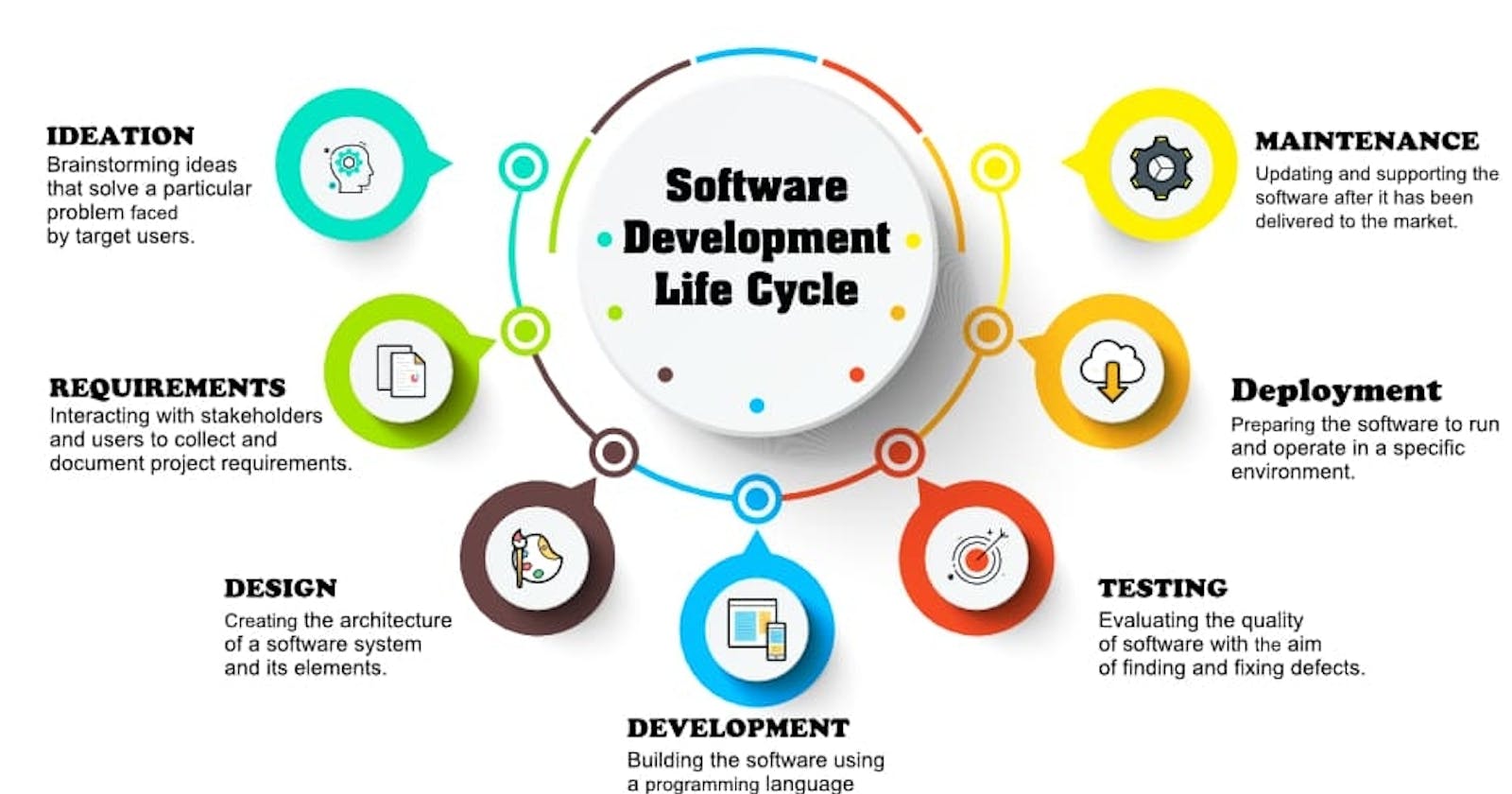Understanding the miracle of SDLC
The Software Development Life Cycle (SDLC) magic
Table of contents
No headings in the article.
#techtalks #learn #learnwithfun #kukupride The Software Development Life Cycle (SDLC) is a systematic process for planning, creating, testing, deploying, and maintaining software applications. It provides a framework for developers and project managers to follow, ensuring that software development projects are well-organized, and efficient, and result in high-quality products. The SDLC consists of several phases, each with its own set of activities and deliverables. While specific methodologies may have variations, a generic SDLC typically includes the following phases:
1. Planning:
- Define the project scope, objectives, and requirements.
- Identify constraints, risks, and resources.
- Develop a project plan, including timelines and milestones.

2. Feasibility Study:
- Assess the technical, economic, and operational feasibility of the project.
- Evaluate potential risks and benefits.
- Decide whether to proceed with the project.

3. System Design:
- Create a detailed system design based on requirements.
- Specify hardware, software, and network requirements.
- Develop architecture, data structures, and interfaces.
4. Implementation (Coding):
- Write code based on the design specifications.
- Conduct unit testing to ensure individual components function correctly.
- Integrate code modules into a cohesive system.
5. Testing:
- Conduct various levels of testing, including unit testing, integration testing, system testing, and acceptance testing.
- Identify and fix defects and issues.
- Ensure the software meets the specified requirements.

6. Deployment:
- Deploy the software to the target environment.
- Provide user training and documentation.
- Transition from development to operations.

7. Maintenance and Support:
- Address issues reported by users (bug fixes).
- Implement updates or enhancements as needed.
- Monitor and optimize system performance.
It's important to note that many software development methodologies, such as Agile, Scrum, and DevOps, have evolved to address the challenges and demands of modern software development. These methodologies may emphasize iterative development, collaboration, and continuous improvement.
The choice of SDLC model or methodology depends on factors such as project size, complexity, organizational structure, and specific requirements. Teams may choose a traditional waterfall model or adopt more flexible, iterative approaches to suit the nature of the project.

